Choosing the proper pots and containers for your plants may be a bit confusing, there are so many choices on the market. If you’re a beginner you’ll be overwhelmed by all the various types of pots you’ll grow in. This guide is here to simplify the process for you so you’ll be able to maximize yields with the best pots.
The first thing is, provides it space! Plastic plant pots with enough space for the roots are key to successful grow. Your yields are going to be bigger if the roots are happy and healthy, so ensure they have quite enough room in your plant container.
Bigger Pots, Bigger Yields
Making a call on which pots to use can determine many things about the success of your grow. The most effective pot size depends on what results you’re trying to attain.
If you’re looking for big yields, then large pots size are recommended. When a plant is proscribed by a tiny low pot it makes it harder for it to take care of its growth and can only find yourself producing lower yields.
Roots grow in no time and don’t like being pot-bound. If roots cannot grow properly they start to keep out nutrients and can stunt the expansion of the plant. Remember, everything grows from the roots. The roots need space and if they’re limited then they’re going to not be ready to fully develop, meaning your plant won’t either.
Only do one plant per pot. If you are do not want plants fighting over nutrients or space.
Roots can eventually start to become pot-bound.
To consider:
- How big is your grow space? Consider the dimensions of your grow space and think about what number of plants you could fit there without them being overcrowded.
- What is your budget? If you’re on a decent budget, choosing massive pots might not be the simplest option.
- What yield are you looking for? Bigger pots mean bigger yields but you also don’t want to overdo it; otherwise, you’ll have to add a lot of nutrients to the feed.
- How many plants do you want to grow? Manage them correctly and plenty of small pots can work very well in a small space. This can give you an idea of your garden pot sizes.
- How much work does one want to place in? Large pots require harder work, heavier lifting, and more cleaning.
- What strain are you growing? Plants that are tall or must be grown outside usually need bigger pots than short and bushy strains grown indoors to do.
Tip: one of the simplest ways to maximize space efficiency in your pots is to transplant. Starting a plant in a very small pot allows root mass to make up without the roots having to spend an excessive amount of energy finding nutrients or water in its early stages.
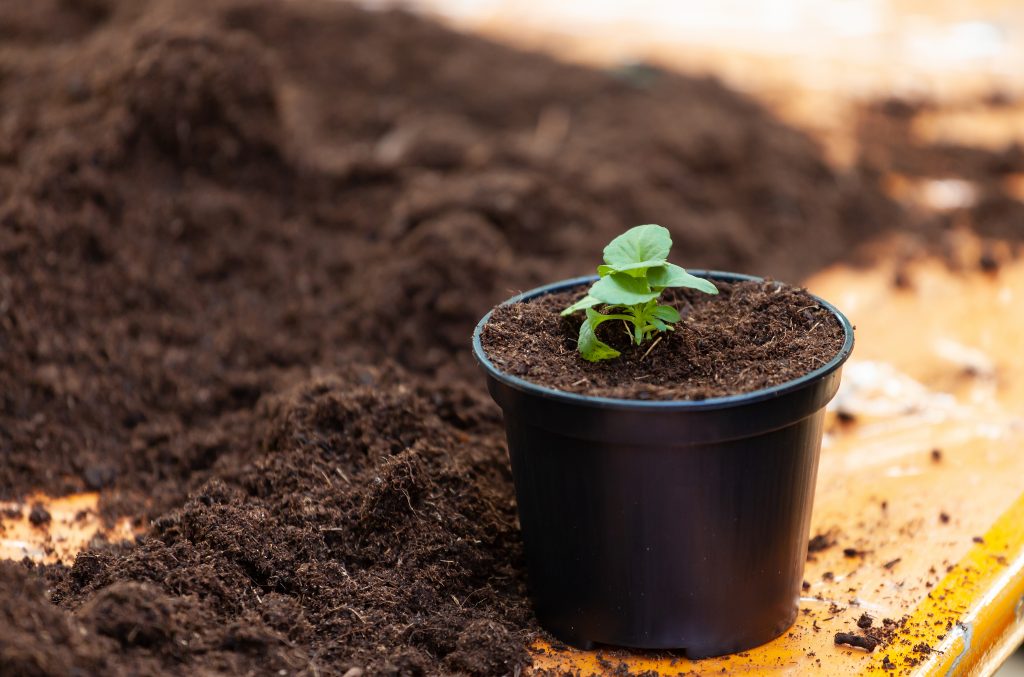
The Best Pot Size
There is every kind of plastic plant pot of every size. The common pot size for an enclosed grow is around 2.5 gallons (10 liters). Don’t go an excessive amount of smaller than 2 gallons or your plant might not have enough root space to grow to its full potential. This ensures the effective use of nutrients through different nursery pot sizes.
The following guide will provide you with a plan of what pot sizes you may need in regard to the dimensions of the plant you wish to grow. This is often just a general average and depends on everything we mentioned previously, but will provide you with a decent place to begin to determine your nursery pot size.
Plant Pot Sizes Chart – Plant Container Size Chart
Pot Sizes (inches) | Pot Equivalent (U.S. Gallons) | Dry Soil Needed (Approx. cu.ft.) |
4″ Plastic pot | pint / 0.5 quart / .125 gallon | 0.01 ft3 |
5-6″ Plastic pot | quart / 0.25 gallon | 0.03 ft3 |
7-8″Plastic pot | 0.13 ft3 | |
8.5″ Plastic pot | 0.26 ft3 | |
10″ Plastic pot | 0.40 ft3 | |
11″ Plastic pot | 0.53 ft3 | |
12″ Plastic pot | 0.66 ft3 | |
13″ Plastic pot | 6 gallon pot | 0.80 ft3 |
14″ Plastic pot | 0.94 ft3 | |
16″ Plastic pot | 1.33 ft3 | |
18″ Plastic pot | 2.00 ft3 | |
21″ Plastic pot | 2.67 ft3 | |
24″ Plastic pot | 3.34 ft3 | |
30″ Plastic pot | 30 gallon pot | 4.01 ft3 |
We used plastic pots because they are easier to work with but the size should be the same for fabric pots.
Pot Sizes (inches) |
| International (Liters) |
4″ Nursery pot |
| .5 L [.473] |
5-6″ Nursery pot |
| 1 L [.946] |
7-8″ Nursery pot |
| 4L [3.78] |
8.5″ Nursery pot |
| 7.5 L [7.57] |
10″ Nursery pot |
| 11 L [11.35] |
11″ Nursery pot |
| 15 L [15.14] |
12″ Nursery pot |
| 19 L [18.92] |
13″ Nursery pot |
| 22.5 L [22.71] |
14″ Nursery pot |
| 26.5 L [26.49] |
16″ Nursery pot |
| 38 L [37.85] |
18″ Nursery pot |
| 57 L [56.78] |
21″ Nursery pot |
| 75.5 L [75.70] |
24″ Nursery pot |
| 94.5 L [94.63] |
30″ Nursery pot |
| 113.5 L [113.56] |
Ideally, you would like plastic plant pots that are sufficiently big for the plants to be fed or watered a day. it’s not a decent idea to own an enormous pot that you simply only water once per week because your plant won’t get the regular dry/wet cycle it needs for correct oxygen or nutrient absorption.
Small pots are utilized in the first stages of the growing process for easier management of plants. If you’re germinating lots of seeds, it may be an honest idea to begin them in small plastic plant pots to transplant shortly. Transplanting could be a great method if you’re employing a vegging room for growing indoors or outdoors.
Indoor and Outdoor Pot Sizes
Pot size makes a difference if you’re growing indoors or outdoors. Normally outdoor growers have lots more room in order that they choose big pots to grow massive plants. Indoors is slightly different and requires a touch more consideration when it involves choosing the simplest pot size.
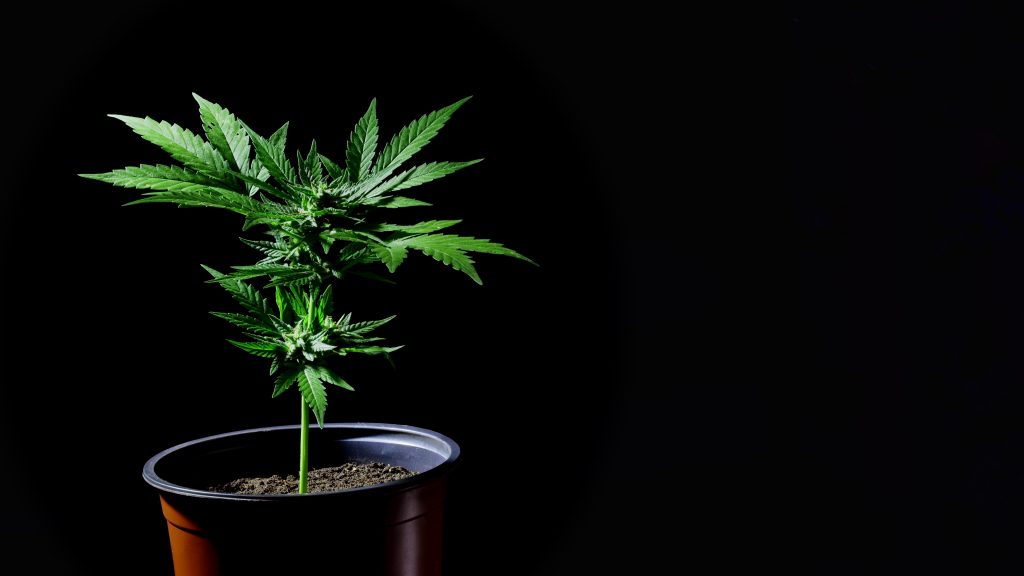
Indoor Grow
Growing in a tent can get quite complicated after you are in a very small space so before you are founded imagine how you’ll have to move around the space once it’s stuffed with plants. You want to possess easy accessibility while still giving the plant enough space to try to do its thing.
The standard pot size for an interior cannabis plant is between 2 and 6 gallons (7-25 Litres). Anything bigger than this might find yourself being too difficult to manage inside. This all depends on your available space but you’ll have to reach the plant for things like watering, cleaning, or moving.
Tip: you would like to use pots that have many drainage holes within the bottom. this can be super important permanently water and airflow, especially indoors. Placing a tray under your pots allows the surplus water to gather at the bottom.
Outdoor Grow
If you’ve got a giant outdoor space then you most likely want to urge bigger pots. As you recognize, bigger pots usually include bigger yields, so try growing outdoors if you’ve got the likelihood to.
Also, consider how long your growth cycle is going to be. If you plant early within the spring you may probably use an even bigger pot to support the expansion of the plant throughout the year.
If you’re not planting directly into the bottom, it’s recommended you utilize a pot between 10 – 12 gallons. There are increased costs of using larger pots Moreover, as you’ll fill them with growing medium.
This is why outdoor plants grown directly within the ground can find themselves being so huge; because the roots have an infinite amount of growing medium to grow in! it’s worthwhile to create the additional investment in bigger pots if you’ll be able to afford it.
Resolution
There are many factors that will determine what’s the best pots to use so it’s better to travel slightly bigger if you’re unsure. Your plants are going to be happy to possess over enough space to sustain their explosive growth throughout their life. Try some different pots and see the results for yourself. In the end, only you’ll be able to decide which pots are best for your setup and requirements.
Check out this guide to determine the best cannabis pot size.
Reference:
https://www.researchgate.net/publication/237045141_Pot_size_matters

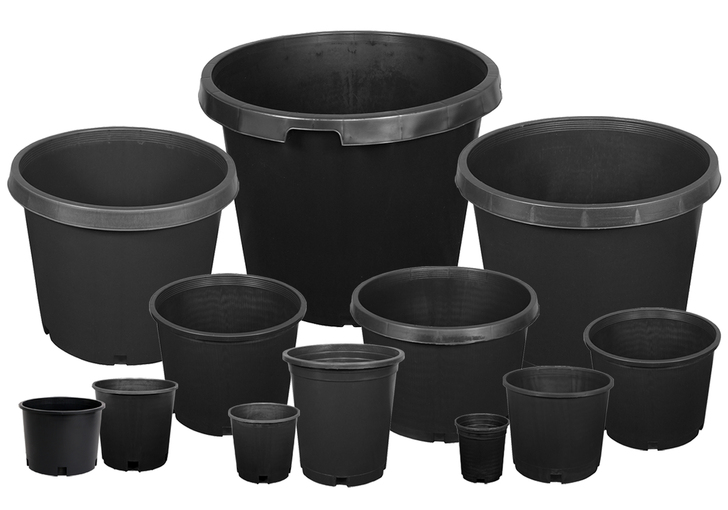
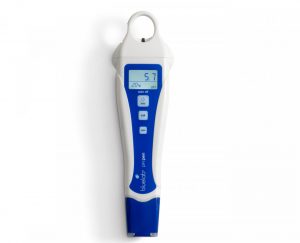
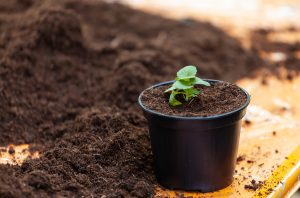
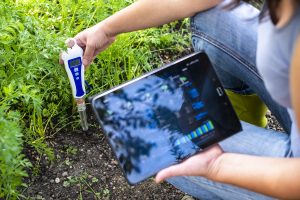
Nice workd, great job. Keep following your website